Home>Gardening & Outdoor>Landscaping Ideas>When Is Grass Most Dangerous For Horses
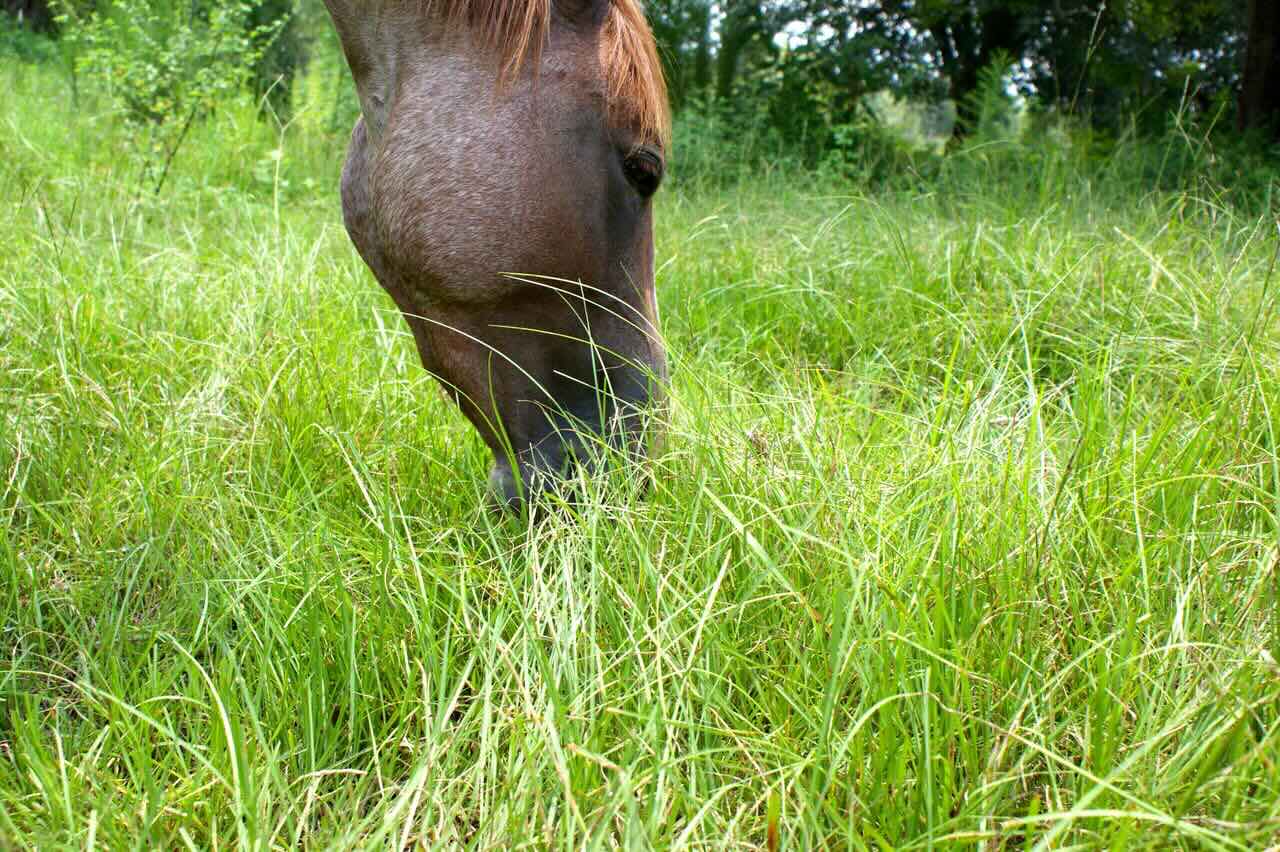

Landscaping Ideas
When Is Grass Most Dangerous For Horses
Modified: March 26, 2024
Learn when grass is most dangerous for horses and how to protect them. Get landscaping ideas to create a safe environment for your equine friends.
(Many of the links in this article redirect to a specific reviewed product. Your purchase of these products through affiliate links helps to generate commission for Storables.com, at no extra cost. Learn more)
Introduction
For many equestrians, the image of horses grazing peacefully in lush, green pastures is the epitome of natural beauty and contentment. However, the seemingly idyllic scene can harbor hidden dangers, particularly when it comes to the grass itself. While grass is a staple food for horses and provides essential nutrients, it can also pose significant risks to their health and well-being. Understanding the potential dangers of grass for horses is crucial for any horse owner or caretaker.
In this article, we will delve into the complexities of grass consumption for horses, exploring the factors that contribute to its toxicity, the most dangerous times for horses to graze, and effective strategies for managing their grass intake. By shedding light on these important aspects, we aim to empower horse enthusiasts with the knowledge and tools necessary to safeguard their equine companions from the perils that lurk within the very sustenance they rely on.
Key Takeaways:
- Grass can be dangerous for horses due to toxins, high carbohydrates, and seasonal changes. Owners must manage grazing, monitor grass quality, and implement gradual diet transitions to protect their equine friends.
- Spring and fall are risky times for horses on grass, as rapid growth and environmental stress can lead to laminitis and metabolic issues. Controlled grazing, nutritional monitoring, and pasture management are crucial for horse health.
Read more: What Grass Is Good For Horses
Understanding the Dangers of Grass for Horses
While grass is a primary source of nutrition for horses, it also has the potential to pose significant health risks. One of the most well-known dangers associated with grass consumption is the risk of laminitis, a painful and debilitating condition that affects a horse’s hooves. Laminitis can be triggered by the ingestion of certain types of grass, particularly those that are high in non-structural carbohydrates such as fructans. When horses consume these carbohydrates in excessive amounts, it can lead to a disruption in their digestive system, causing inflammation and damage to the sensitive laminae within the hoof.
Moreover, some varieties of grass contain toxins that can be harmful or even fatal to horses if ingested. For instance, certain species of grass may harbor endophytes, which are fungi that produce alkaloids that are toxic to horses. These toxins can have deleterious effects on a horse’s neurological and physiological functions, potentially leading to symptoms such as tremors, weakness, and incoordination.
Another hazard associated with grass consumption is the risk of obesity and related metabolic disorders. Horses that have unrestricted access to lush pastures may overindulge in grass, leading to an imbalance in their calorie intake and expenditure. This imbalance can result in weight gain and an increased susceptibility to conditions such as equine metabolic syndrome and insulin resistance, which can have serious implications for a horse’s overall health.
Furthermore, the quality of the grass itself can vary depending on factors such as seasonal changes, weather conditions, and soil composition. For example, grass that has been subjected to frost or drought may accumulate higher concentrations of sugars and other compounds that can be harmful to horses. Additionally, certain weeds that can infiltrate pastures may be toxic to horses if consumed, further compounding the potential risks associated with grazing.
By recognizing the multifaceted dangers that grass can present to horses, owners and caretakers can take proactive measures to mitigate these risks and ensure the well-being of their equine companions. Through informed management of grazing practices and a keen awareness of the factors influencing grass toxicity, it is possible to minimize the potential harm posed by this seemingly innocuous staple of a horse’s diet.
Factors Affecting Grass Toxicity for Horses
The toxicity of grass for horses can be influenced by a myriad of factors, each of which plays a crucial role in determining the potential risks associated with grazing. Understanding these factors is essential for horse owners and caretakers seeking to safeguard their animals from the harmful effects of ingesting toxic grass.
One of the primary factors contributing to grass toxicity is the composition of the grass itself. Certain species of grass contain natural compounds that can be toxic to horses when consumed in excessive quantities. For instance, endophyte-infected grasses, such as tall fescue, can harbor alkaloids that are harmful to horses. These alkaloids can have a range of adverse effects, including vasoconstriction, reduced feed intake, and reproductive issues in mares.
Seasonal variations also play a significant role in grass toxicity. During periods of rapid growth, such as in the spring, grasses tend to accumulate higher levels of non-structural carbohydrates, including fructans, which can increase the risk of laminitis in horses. Conversely, in the winter, grass may become dormant and fibrous, posing a different set of challenges related to digestibility and nutritional value.
Weather conditions, such as temperature and precipitation, can further impact the toxicity of grass. For instance, drought-stressed grass may contain higher concentrations of sugars, which can elevate the risk of metabolic disorders in horses. Conversely, grass that has been subjected to frost may undergo changes in its carbohydrate composition, potentially increasing the likelihood of laminitis if consumed by horses.
The presence of weeds and other undesirable plants within pastures can also contribute to grass toxicity. Certain weeds contain compounds that are toxic to horses, and their presence in grazing areas can pose a significant threat to equine health. Identifying and removing these plants is essential for mitigating the risks associated with toxic grass consumption.
Soil composition and fertility can impact the nutritional quality of grass, influencing its toxicity for horses. Soils that are deficient in essential nutrients may result in grass that is unbalanced in its nutritional content, potentially leading to health issues in horses that graze on such pastures.
By considering these multifaceted factors that contribute to grass toxicity, horse owners and managers can implement informed strategies to minimize the risks associated with grazing. From pasture management practices to vigilant monitoring of environmental conditions, a proactive approach to mitigating grass toxicity can help ensure the well-being of horses in a grazing environment.
Avoid turning horses out on lush, green grass in the spring and fall when it’s most dangerous. Instead, introduce them gradually to prevent the risk of colic or laminitis.
Identifying the Most Dangerous Times for Horses on Grass
Understanding the most perilous periods for horses on grass is essential for mitigating the potential risks associated with grazing. By identifying these critical times, horse owners and caretakers can implement targeted strategies to protect their equine companions from the hazards that may arise during specific stages of grass growth and environmental conditions.
One of the most dangerous times for horses on grass is during the spring, when the lush, rapidly growing vegetation can pose heightened risks of laminitis and metabolic disorders. The surge in grass growth during this season often leads to an accumulation of non-structural carbohydrates, particularly fructans, which can increase the likelihood of digestive disturbances and laminitis in horses. Additionally, the transition from a diet of predominantly hay to fresh spring grass can disrupt the microbial balance in a horse’s digestive system, further exacerbating the risk of metabolic issues.
Periods of environmental stress, such as drought or frost, can also elevate the dangers associated with horses grazing on grass. During drought conditions, grass may accumulate higher concentrations of sugars as a survival mechanism, increasing the risk of metabolic disorders in horses. Conversely, grass that has been subjected to frost may undergo changes in its carbohydrate composition, making it more likely to trigger laminitis if consumed by horses.
Another critical time for horses on grass is during the fall, when certain varieties of grass experience a resurgence in growth following the summer heat. This regrowth can lead to an increase in non-structural carbohydrates, similar to the conditions observed in the spring, posing a renewed risk of laminitis and metabolic disturbances for horses grazing on autumn pasture.
Furthermore, the transition from a diet primarily composed of pasture grass to one reliant on hay during the winter can present challenges for horses. Sudden changes in diet can disrupt the microbial balance in the gut, potentially leading to digestive issues and metabolic imbalances. Additionally, the nutritional content of winter pasture may vary, necessitating careful management to ensure that horses receive adequate nutrition without being exposed to excessive levels of potentially harmful compounds.
By recognizing these critical periods for horses on grass, owners and caretakers can tailor their management practices to mitigate the associated risks. Implementing strategies such as controlled grazing, monitoring carbohydrate levels in grass, and gradually transitioning horses between different forage sources can help safeguard equine health during these vulnerable times.
Managing Grass Intake for Horses
Effectively managing a horse’s grass intake is paramount in safeguarding their health and well-being, particularly in light of the potential dangers associated with grazing. By implementing strategic approaches to regulate and monitor grass consumption, owners and caretakers can mitigate the risks posed by toxic grass varieties, seasonal fluctuations, and environmental factors that can impact the nutritional quality of pasture vegetation.
One of the key strategies for managing grass intake is the implementation of controlled grazing practices. This involves limiting a horse’s access to pasture by utilizing techniques such as strip grazing, rotational grazing, or the use of grazing muzzles. By controlling the duration and intensity of grazing, owners can mitigate the risks of overconsumption of potentially harmful grasses, particularly during periods of rapid growth or environmental stress.
Monitoring the nutritional content of pasture grass is essential for managing a horse’s diet. Regular analysis of grass samples can provide valuable insights into the levels of non-structural carbohydrates, protein, and other nutrients, allowing for informed decision-making regarding grazing practices and supplementary feeding. By understanding the nutritional composition of the available pasture, owners can adjust their horses’ diets to maintain a balanced nutritional intake while minimizing the risks associated with toxic or high-carbohydrate grasses.
Implementing a gradual transition between different forage sources can help acclimate horses to changes in their diet, reducing the likelihood of digestive disturbances and metabolic imbalances. Slowly introducing horses to new grazing areas or forage types allows their digestive systems to adapt to variations in nutrient content and can mitigate the risks associated with sudden shifts in diet.
Utilizing pasture management techniques, such as regular mowing, weed control, and soil fertility management, can contribute to maintaining a healthy and safe grazing environment for horses. By minimizing the presence of toxic weeds, optimizing grass quality, and promoting balanced soil nutrition, owners can create an environment that supports the well-being of their equine companions.
Supplementary feeding strategies can complement grazing management efforts, providing horses with essential nutrients while mitigating the risks associated with excessive grass consumption. By offering controlled amounts of hay, forage, or specialized feeds, owners can ensure that their horses receive a balanced diet that meets their nutritional requirements without exposing them to the potential hazards of unregulated grass intake.
By incorporating these proactive approaches to managing grass intake, horse owners and caretakers can effectively mitigate the risks associated with grazing while promoting the health and vitality of their equine companions. Through informed decision-making, attentive monitoring, and strategic management practices, it is possible to create a safe and nourishing grazing environment for horses, minimizing the potential dangers associated with grass consumption.
Conclusion
Grass, while a fundamental component of a horse’s diet, harbors potential dangers that necessitate thoughtful management and awareness. From the risk of laminitis and metabolic disturbances to the presence of toxic compounds in certain grass varieties, the perils associated with grass consumption underscore the importance of informed and proactive approaches to grazing management.
By understanding the complex factors influencing grass toxicity, including seasonal variations, environmental stress, and nutritional composition, horse owners and caretakers can implement targeted strategies to mitigate the associated risks. From controlled grazing practices to vigilant monitoring of grass quality and nutritional content, there are numerous avenues through which the potential hazards of grass consumption can be minimized.
Identifying the most dangerous times for horses on grass, such as during periods of rapid growth, environmental stress, and seasonal transitions, empowers owners to tailor their management practices to safeguard equine health. By recognizing these critical periods and implementing measures to regulate grass intake, owners can mitigate the risks of laminitis, metabolic disorders, and toxic reactions associated with grazing.
Furthermore, the implementation of pasture management techniques, gradual transitions between forage sources, and supplementary feeding strategies can complement controlled grazing practices, contributing to a comprehensive approach to managing grass intake for horses. By creating a balanced and nourishing grazing environment, owners can support the health and vitality of their equine companions while minimizing the potential dangers associated with unregulated grass consumption.
In conclusion, the dangers of grass for horses underscore the importance of informed and attentive grazing management. By considering the multifaceted factors influencing grass toxicity, identifying critical periods of risk, and implementing strategic approaches to regulate and monitor grass intake, horse owners and caretakers can create a safe and supportive grazing environment for their equine companions. Through these efforts, the risks associated with grass consumption can be effectively mitigated, allowing horses to thrive in a balanced and nourishing grazing environment.
Frequently Asked Questions about When Is Grass Most Dangerous For Horses
Was this page helpful?
At Storables.com, we guarantee accurate and reliable information. Our content, validated by Expert Board Contributors, is crafted following stringent Editorial Policies. We're committed to providing you with well-researched, expert-backed insights for all your informational needs.
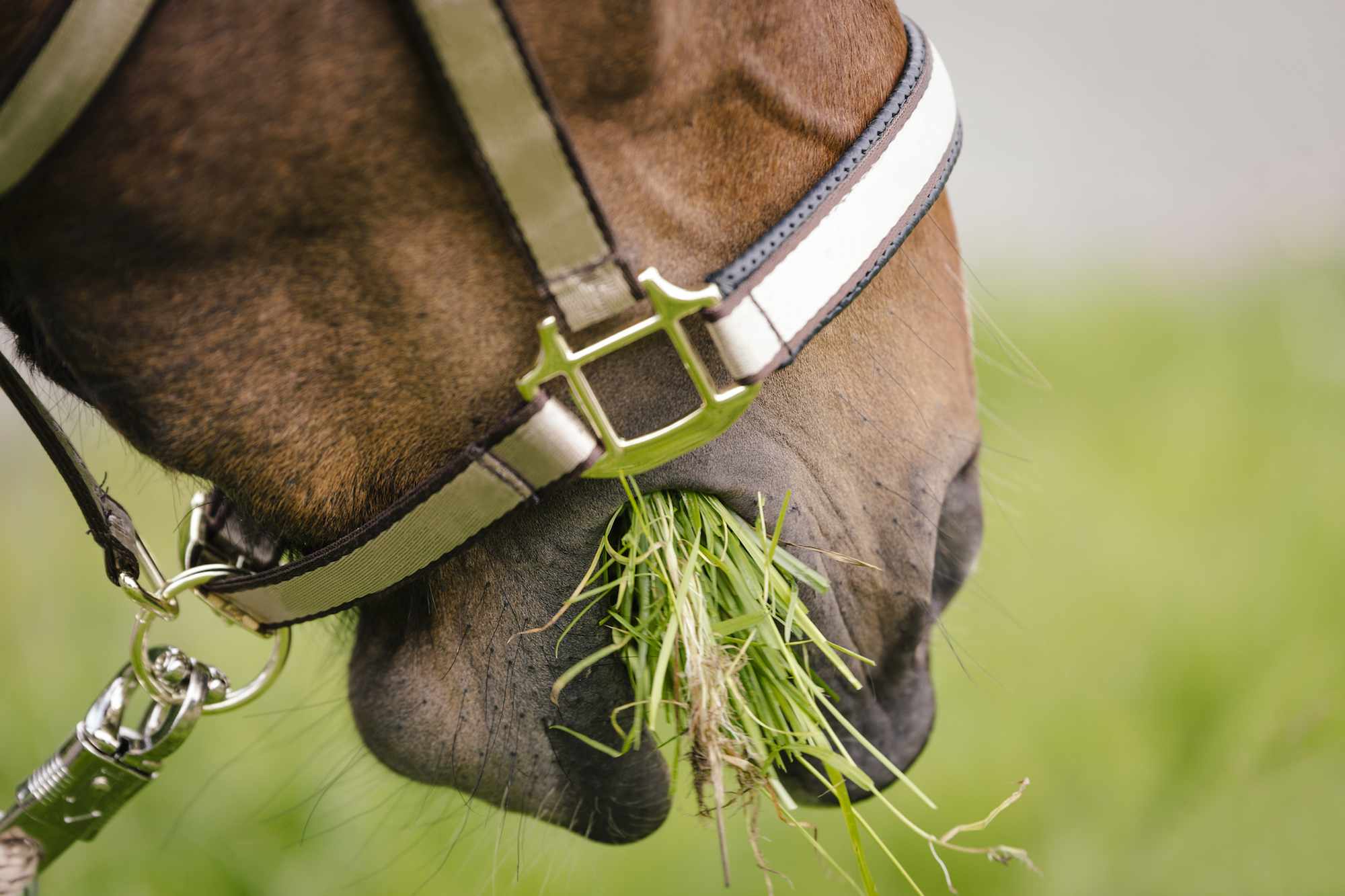
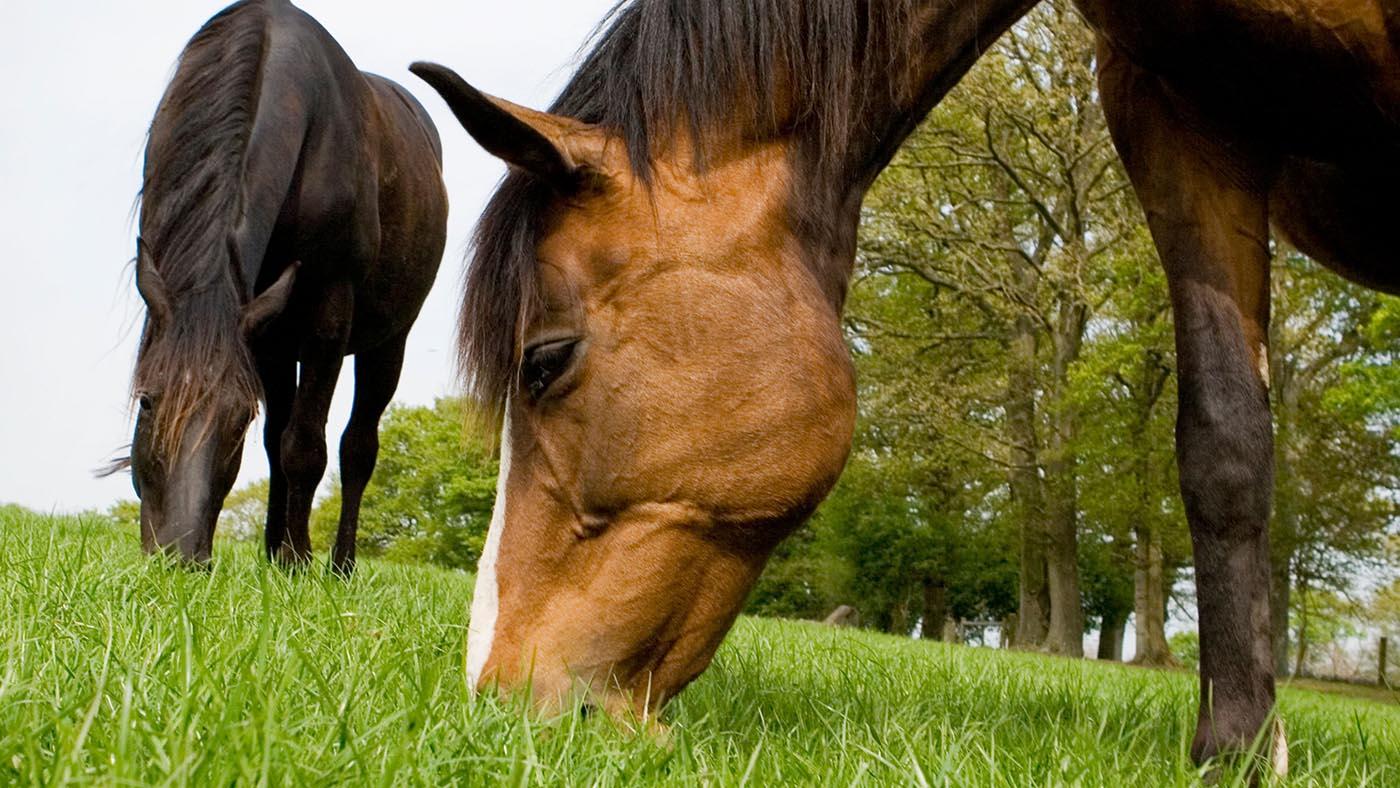
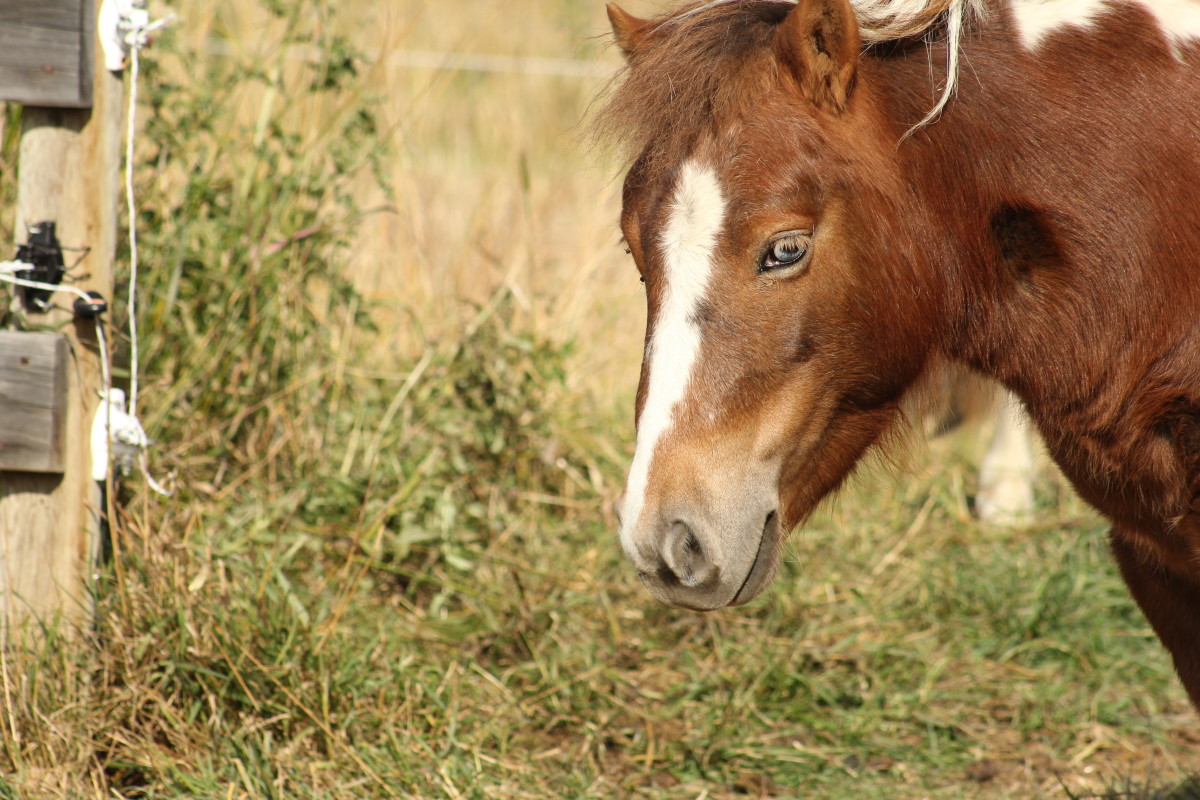
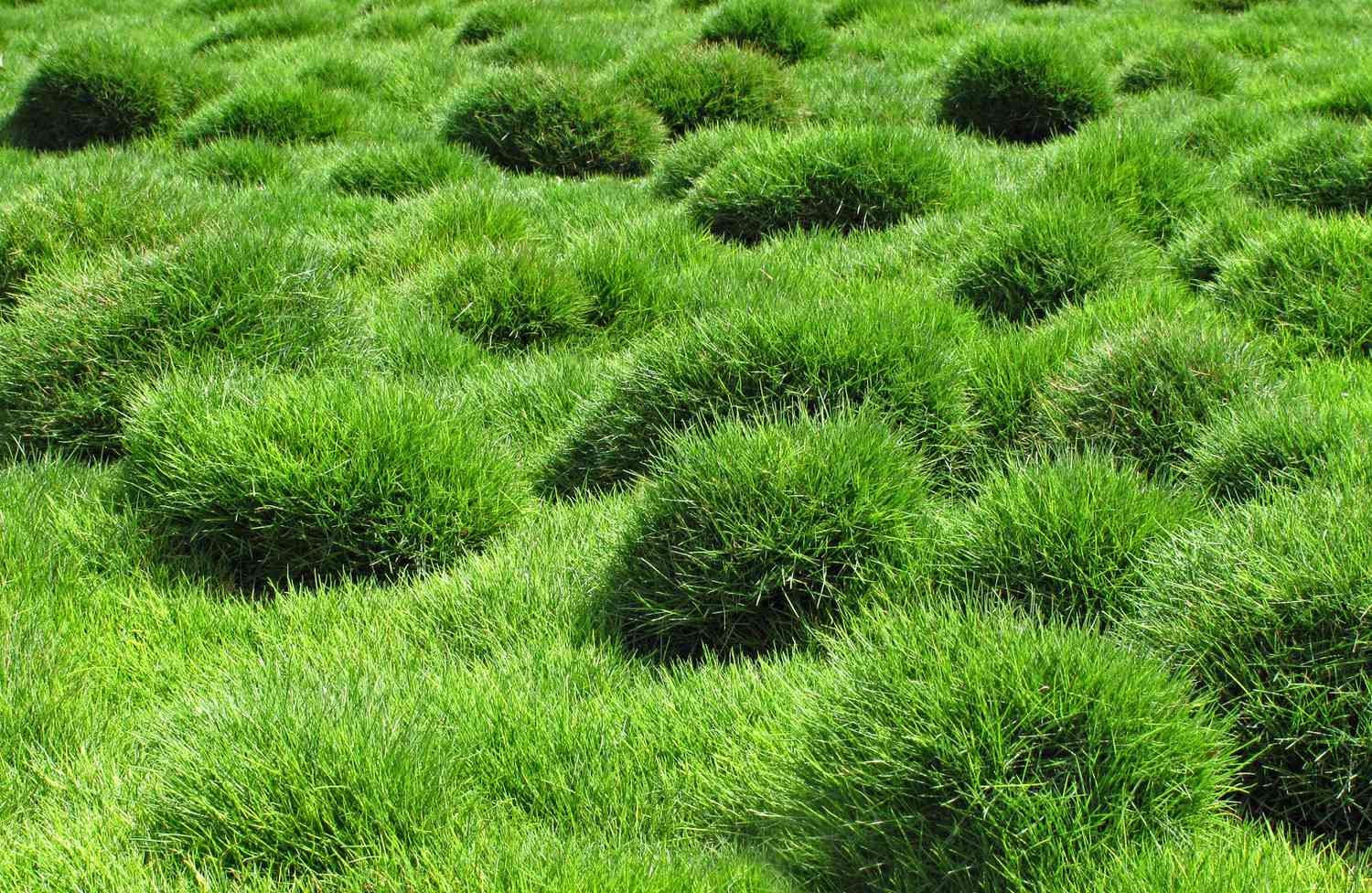
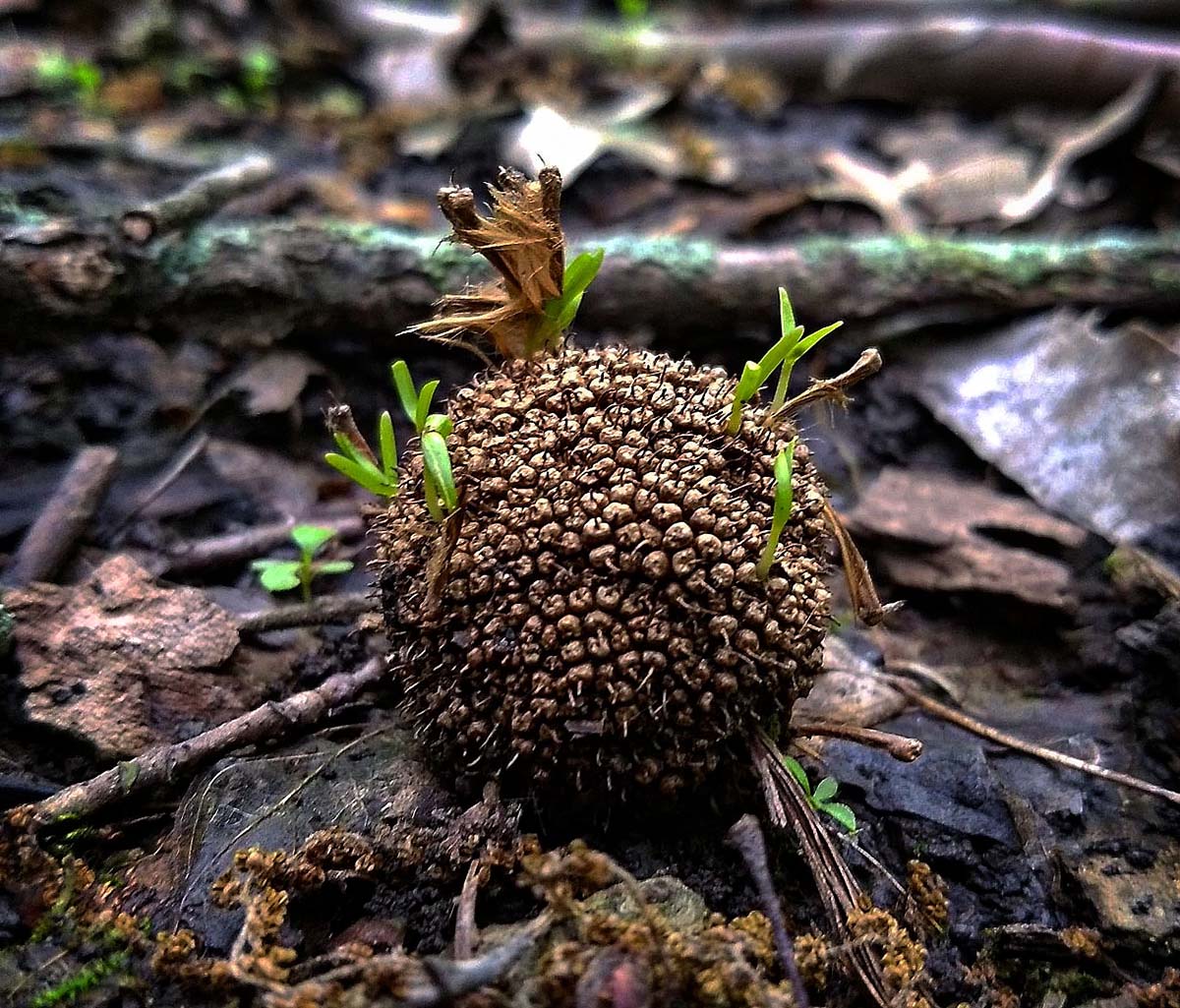


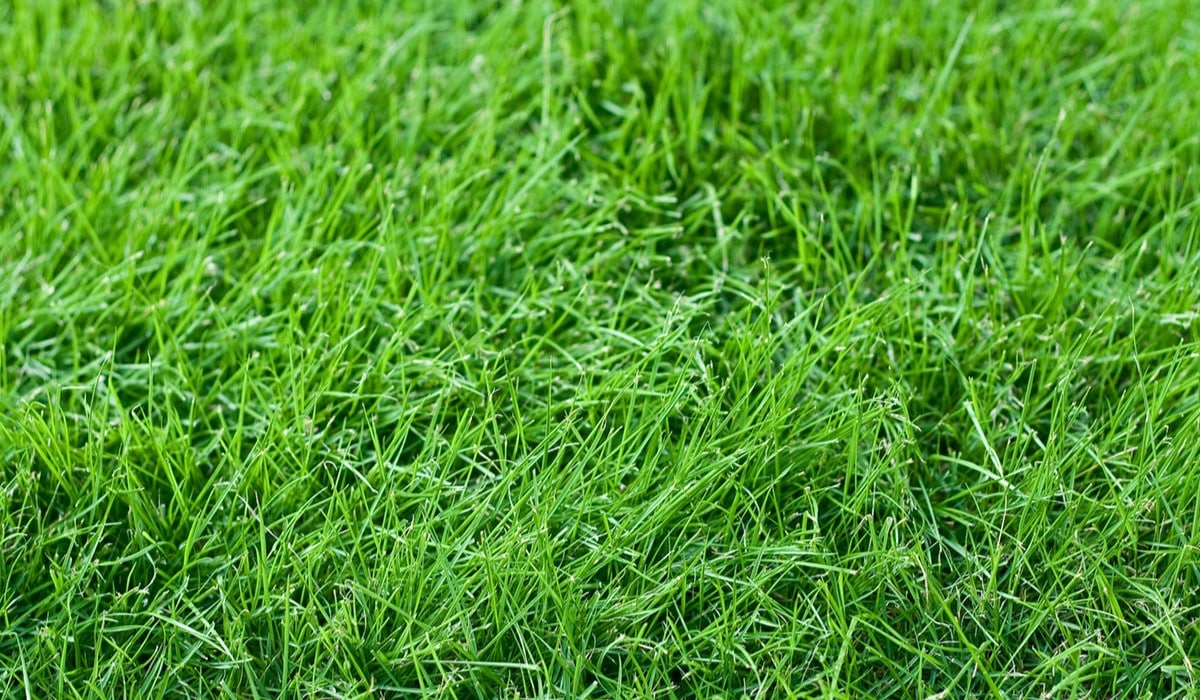



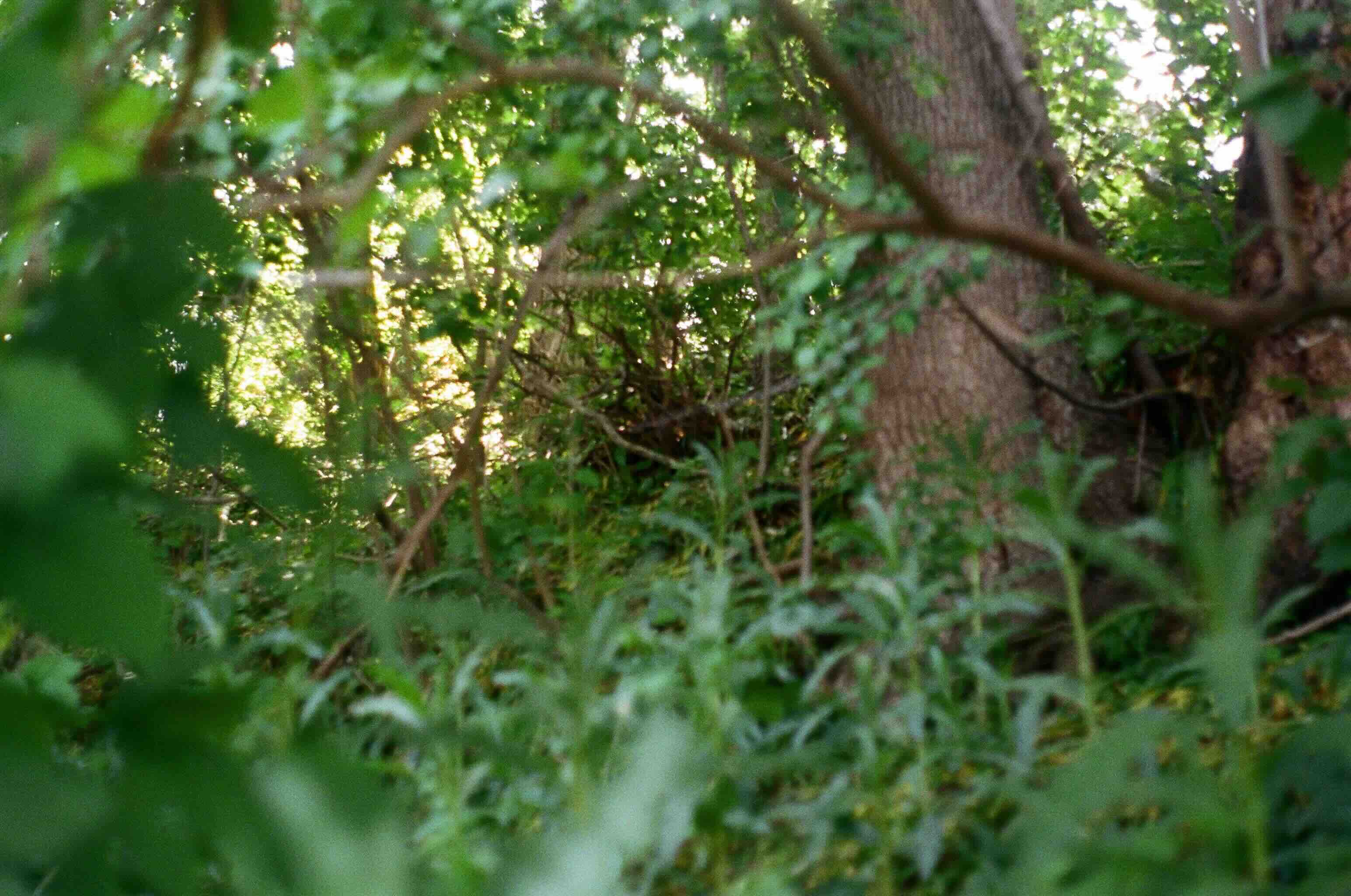
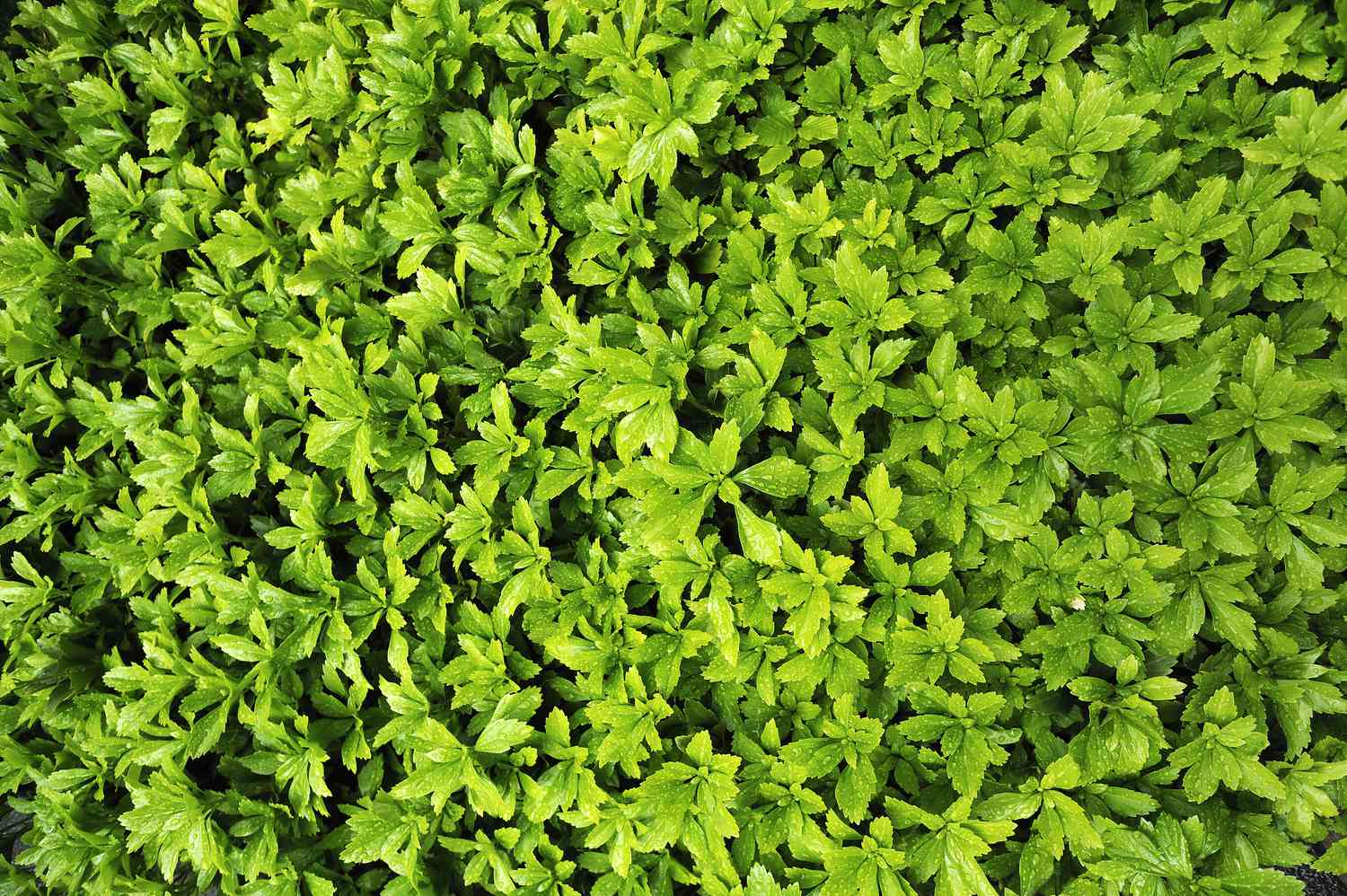


0 thoughts on “When Is Grass Most Dangerous For Horses”